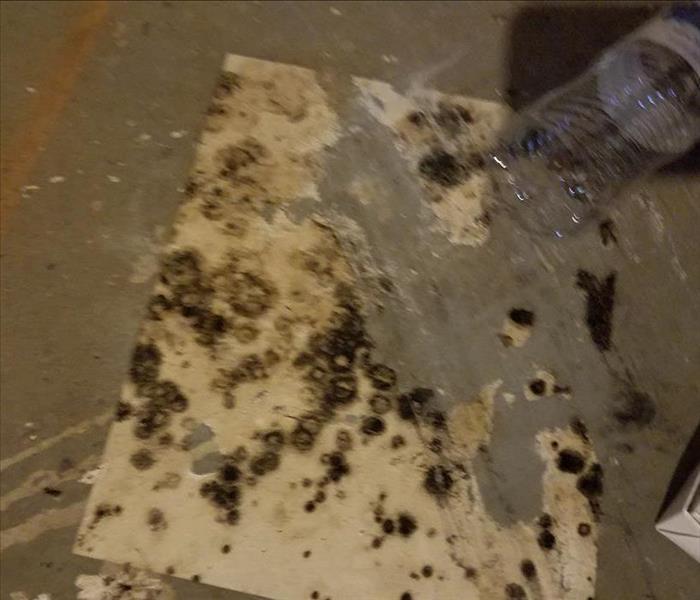Performing the right process for remediation
7/27/2017 (Permalink)
The overall objective of the remediation process is quite simple: to remove all of the contamination. "How" this work is performed will be determined by a couple of factors:
- Is the source of moisture fixed?
- What is the substrate that the mold is growing on?
- Can it be removed from the surface?
- Does the entire substrate need to be removed?
- Are there any hazardous materials present such as lead and/or asbestos?
Each of these factors can have a big impact on the work plan moving forward.
For example, if the source of the moisture is still feeding into the structure then any attempts to remediate would ultimately be unsuccessful because the problem would reoccur.
Taking the substrate into account is another big question to tackle, for instance:
- Mold on framing lumber: the mold can be removed by wire brushing, scraping, sanding, media blasting and/or pressure washing. Think of this as removing paint from a wall stud (without using a paint removing chemical).
- Mold on drywall: it is not possible to remove mold from the paper covering drywall without destroying the drywall itself. Thus the best remediation solution is to remove the contaminated drywall.
Third, the obvious dangers of working in an environment with lead and/or asbestos present a unique challenge that would likely need to be referred to a contractor that is licensed for the appropriate abatement.
Making sure that the work plan is appropriate for your project is of the utmost importance to us. For an estimate for mold remediation call SERVPRO of Springfield at 217-528-7775





 24/7 Emergency Service
24/7 Emergency Service